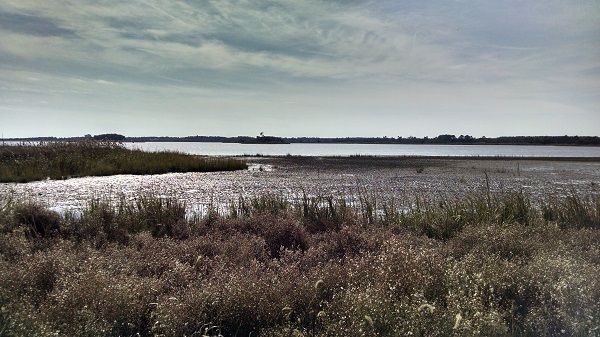Energy and water: two crucial components of any modern lifestyle. Cape Town, South Africa is about to plunge into a full-fledged water crisis. How could this happen in one of the world’s major and modern cities, and could it happen here?
The answer to the first question is complex, of course, as are all real answers, but arrows point to the use of water in the local coal industry, a failure to heed warnings as far back as 1990, and the tragedy of the commons as individuals and businesses failed to take periodic suggestions to conserve water.₁
The second question’s answer is obviously “Yes.” Several states are concerned about the possibility of a water crisis in the near future. California has suffered under a drought in recent years, and while the east coast gets its share of rain, much of that is not stored. Fortunately, Pennsylvania not only permits residents to harvest rainwater, some local governments encourage the practice. Your best bet to learn more is to check with your township, county, or municipality.

Photo of marsh in south Delaware
While much attention has been paid to how fossil fuel extraction ruins local water supplies, less information has been publicized about the amount of water coal mining and fracking use in Pennsylvania. A brief overview:
Fracking and water use
Fracking makes use of local water supplies to mix with various chemicals to create hydraulic fracturing fluids which are then injected into the well to facilitate the removal of the fossil fuel being extracted. This water is now no longer potable, and what happens next is well known to anyone who follows the fracking industry.
“(E)ach time fracking triggers the flow of oil or gas into a well… In Pennsylvania, Ohio, south and eastern Texas, Arkansas, northern Colorado and Montana, fracking can use more than 9 million gallons of water."₂
Unfortunately, data on how much fresh water is used by fracking is hard to come by. According to the FracTracker website, “Completion reports, required by the Pennsylvania Department of Environmental Protection (PADEP), contain information on water withdrawals but are only available in hard copy at PADEP offices.” The site does provide numbers on water usage in West Virginia, where, in 2012, 81% of the water used for Marcellus Shale development came from surface water sources.₃ Can we extrapolate from these numbers to Pennsylvania?
Coal mining and water use
In 2011, Pennsylvania was the fourth largest producer of coal in the United States.₄ Coal mining uses a lot of water, both wash the coal and to cool the drilling equipment. The slurry pipeline method of transport, which is used for finely ground coal, also uses water. All told, these uses can range from 70 million to 260 million gallons of water per day for the United States as a whole.₅ Given that five states, including Pennsylvania, produce 70% of the nation’s coal production, that is a lot of water. According to the USGS, in 2010, Pennsylvania’s mining industry used 51 million gallons of ground water a day, and 10 million gallons of surface water a day.6 This includes all types of extraction, not only coal mining, but rock quarrying, fracking, and milling of mined materials.
Next time…
Watch this space! Next issue, we’ll look at some of the ways that modern manufacturing uses water, what industries are the most egregious water wasters, and how as consumers we interact with these industries.
- http://time.com/cape-town-south-africa-water-crisis/
- https://www.scientificamerican.com/article/water-use-rises-as-fracking-expands/
- https://www.fractracker.org/2014/04/wateruse-wv-pa/
- https://finance.yahoo.com/news/ten-states-producing-most-nation-100430338.html
- https://www.ucsusa.org/clean-energy/energy-and-water-use/water-energy-electricity-coal
- https://pubs.usgs.gov/circ/1405/pdf/circ1405.pdf
This article was written by Sondra Moore and is part of our Summer 2018 Sylvanian Newsletter. To read other articles from this issue, please click here.